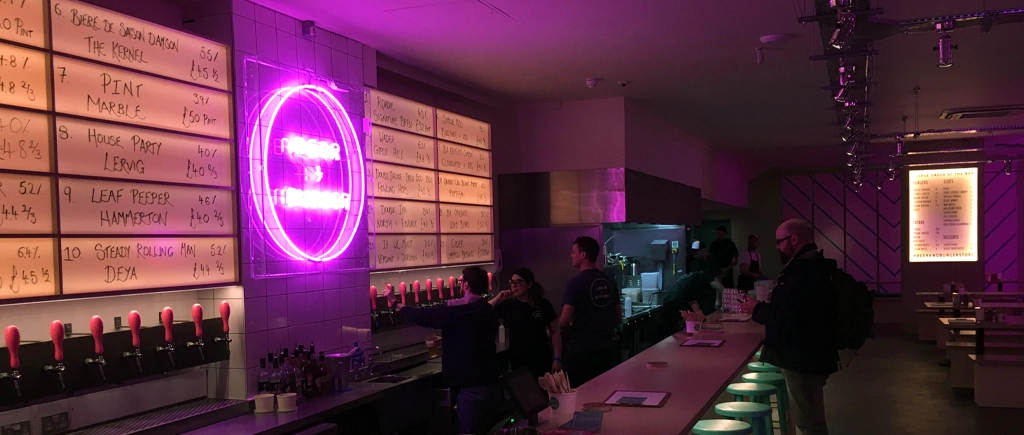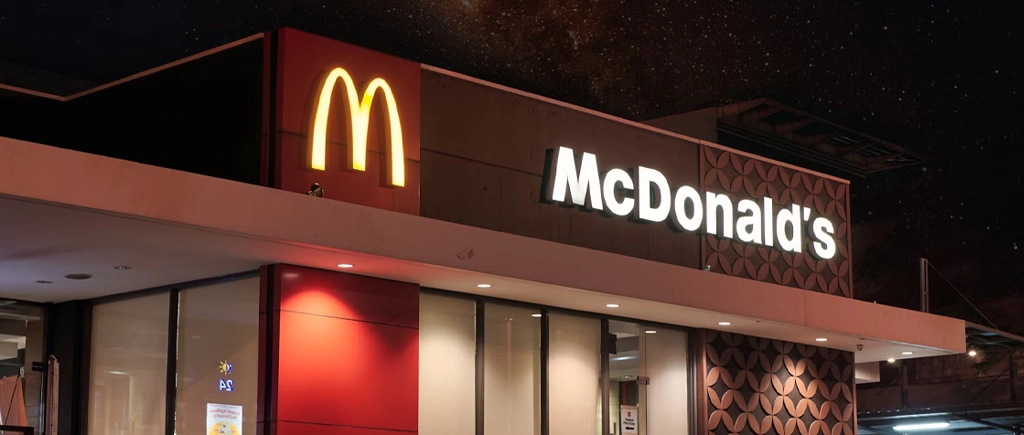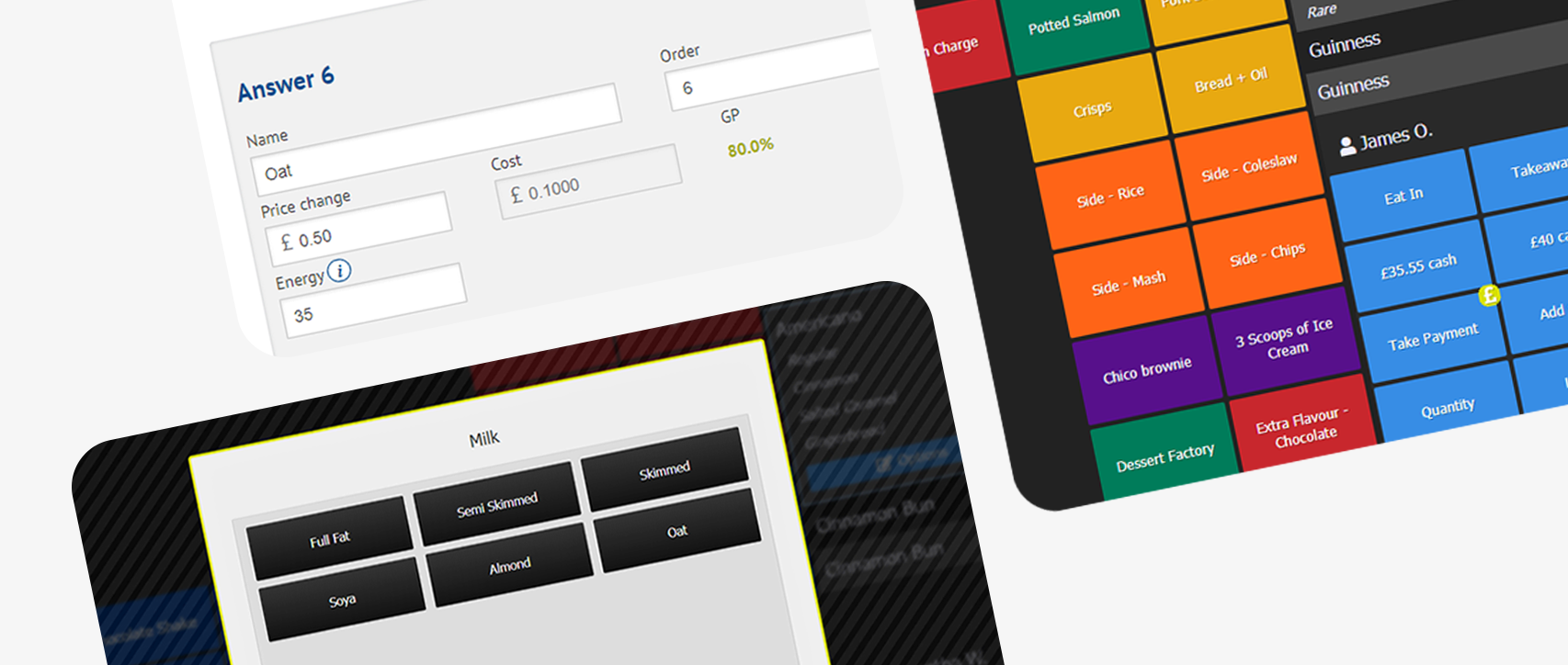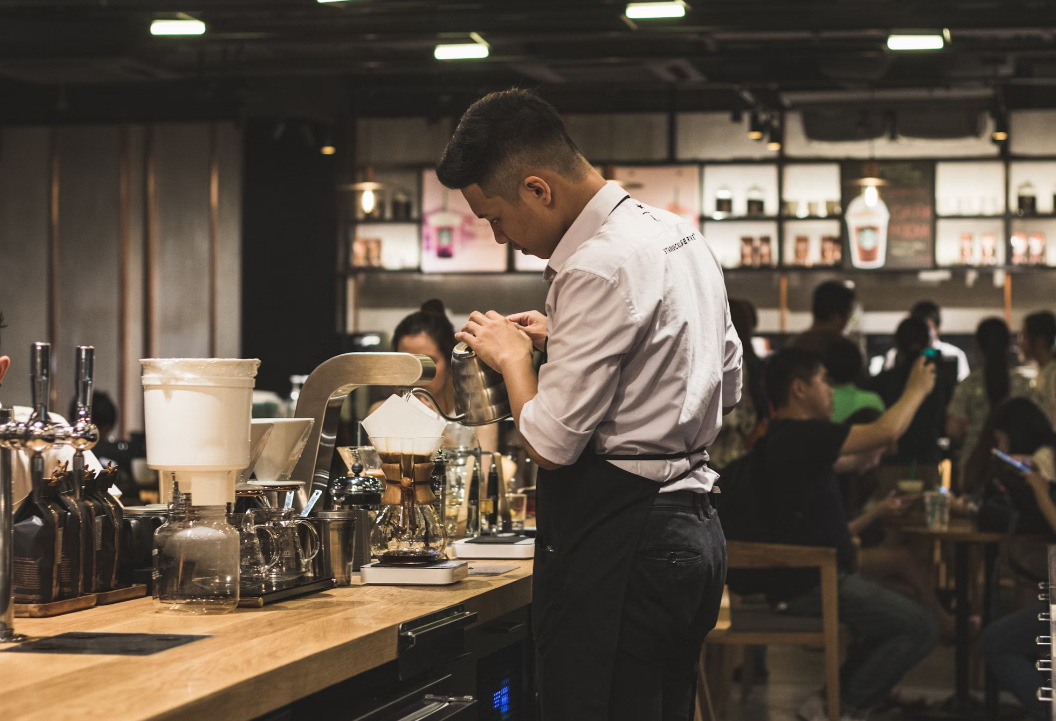When most people think about pizza or coffee, two names come to mind: Domino’s and Starbucks. These two businesses have a large and loyal customer base that can spot their logos from miles away. They know what these businesses represent and what to expect when they enter their establishments.
That’s the result of great restaurant branding: it helps restaurants connect emotionally with their guests and stand out in an incredibly competitive industry.
Restaurant branding can be the difference between selling out every night or struggling to fill tables. However, having a successful restaurant brand doesn’t happen overnight. It requires dedication, consistency, patience, and following the proper steps. Want to know how to achieve it? Keep reading.
Restaurant branding: what is it?

A brand is the story and identity of a business that makes it unique and stand out from competitors. For a restaurant business, communicating its vision and what it stands for is a key part of the brand. A good brand also takes into consideration the comprehensive experience guests receive when interacting with the restaurant, before the visit, during the visit, and even after.
The brand creation process involves researching, developing, and applying distinct features, like logos, visual design, tagline, and tone of voice, so that customers can associate these elements with the restaurant.
Restaurant branding is often applied to many areas, such as the decor and ambience, the logo on the takeout bags, how employees dress, the menu design, and much more.
Successful restaurant brands know their brand identity must live throughout every business aspect. They know their business name is not just a name but a representation of their values and the experience they offer.
So, how do you create a restaurant branding that puts you at the top of customers’ minds? Let’s take a look.
4 steps to creating restaurant branding that stands out

1. Define your brand identity
What separates a successful restaurant brand from the rest is its identity. An identity for your restaurant brand makes your business memorable. Memorable businesses create powerful customer experiences, resulting in repeat visits and positive word-of-mouth.
An effective brand identity usually includes how you want your business to be perceived, which can be outlined through your mission, values, and unique value proposition (UVP).
Your mission statement can be a couple of paragraphs or a few sentences. It answers why your restaurant exists, its overall goal, what type of food it offers, and its target customers. You can create a compelling brand story by answering these questions.
A brand’s values are the guiding principles that shape the behaviour and decision-making of your restaurant. For instance, you may want your restaurant to be environmentally conscious and committed to sustainable practices.
Your unique value proposition explains the benefits of your restaurant and how it solves customers’ problems in a way that sets it apart from the competition. Assuming you’re an eco-conscious restaurant, it may mean that your restaurant uses locally sourced ingredients. As a result, you might look at working with local farmers, which can attract customers passionate about supporting local businesses.
2. Position your restaurant
Your brand positioning is the unique value that your restaurant presents to its guests. Brands use this strategy to establish their brand identity while conveying their value proposition, making their brand more appealing to customers.
To position your restaurant brand properly, consider what makes the food you serve different from competitors. What kind of dishes do you serve? Do you serve these dishes differently from other restaurants that serve similar meals? For instance, do you create authentic cuisine or modify recipes to appeal to a broad audience?
Pricing is another differentiator. People typically associate the pricing of a product with its quality. That means if you price your restaurant high, guests will expect a certain level of service. Restaurant pricing isn’t just a business decision but also a branding tool.
Your restaurant’s location will also determine the type of audience you will attract. For example, tourist spots will attract more foreign clients, whereas tucked-away locations will attract mostly connoisseurs.
3. Develop a consistent tone of voice
The key to building a memorable restaurant brand is being unique. And that uniqueness must show in the way you communicate across all touchpoints (both online and offline). That means you must speak the same way on your website, email, social media, blog post, newsletter, printed materials, and so on.
For enterprise hospitality operations with a head office function, communication with not only your customers but external parties should also be consistent to maintain a consistent tone of voice.
To help with this, you could leverage virtual call centre solutions as they provide a centralised platform for managing customer interactions and ensuring consistency.
To develop your brand voice, think of your restaurant as a person. What type of person is your restaurant? Is it bold, formal, or perhaps sophisticated? For fine dining restaurants that offer a sophisticated experience, the tone of voice may be more refined.
Consider the tone of voice you want for your restaurant and work on establishing that across your marketing strategy to ensure it’s recognisable and successful.
4. Create a compelling visual identity
When people think of restaurant branding, visual elements like colour palette, font, logo, and overall aesthetics come to mind. Consider what your restaurant brand stands for and how you want it to be perceived.
- Logo: Your logo is a small but essential element of your brand strategy. It should incorporate your restaurant’s unique colour(s), font, and style to reflect your brand. But most importantly, it should be recognisable and consistent. It should also translate well across multiple online and offline resources.
- Colour palette: The colour you choose will depend on your restaurant type. For example, brighter colour palettes such as vibrant yellows and oranges can evoke energy and playfulness, ideal if you have a casual restaurant. In contrast, formal eateries might lean towards neutral colour palettes like soft greys and muted earth tones.
- Font: Like the colour palette, the font you choose will be influenced by the type of restaurant you have. For example, you may consider graffiti-style fonts for a trendy and urban restaurant, as they can add a touch of edginess. But a more sophisticated dining establishment may opt for a sleek and elegant font that exudes refinement.
- Website: A responsive website design is crucial for any restaurant today. Ensure that the visual elements are consistent on your website and align with your restaurant’s branding.
Getting these combinations right can create a cohesive brand experience for your customers. But it can be tricky if you have no design experience. Fortunately, hospitality-specific graphic designers can help. For busy operators pressed for time, communication can be streamlined using a number of tools – conference calling can be a big help.
Conclusion
In a highly competitive industry world where people have many dining options, powerful restaurant branding is crucial. If executed correctly, it can create a memorable experience that can turn your customers into regulars. However, creating a successful restaurant brand is no easy task – it demands dedication, consistency, and patience. However, utilising steps such as the above can be a great start to branding success.
Want to see the Kobas system in action?
Kobas enables teams across the hospitality industry to manage all areas of the business, from one connected and complete system.


